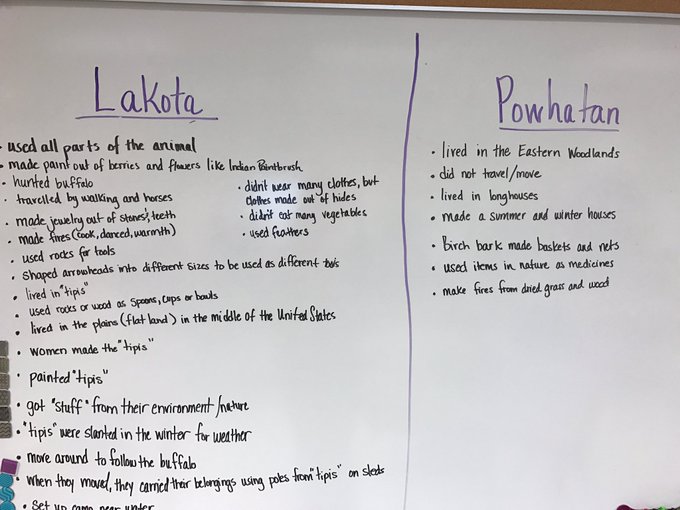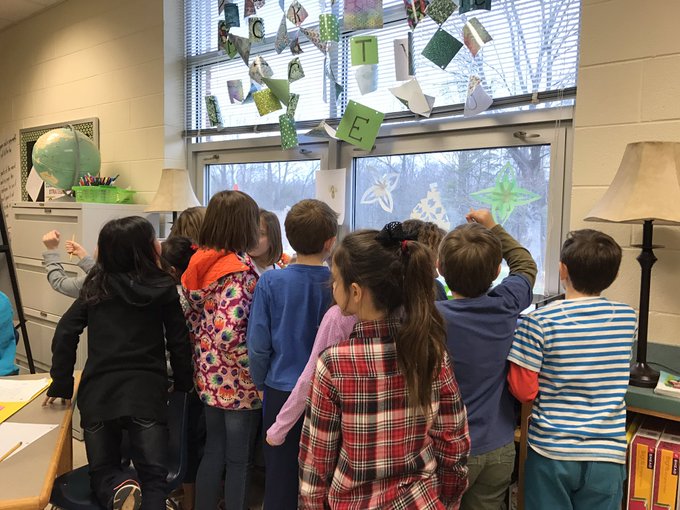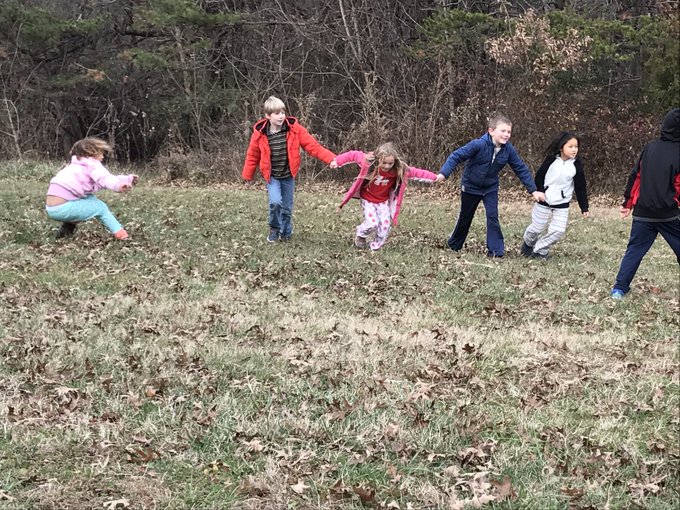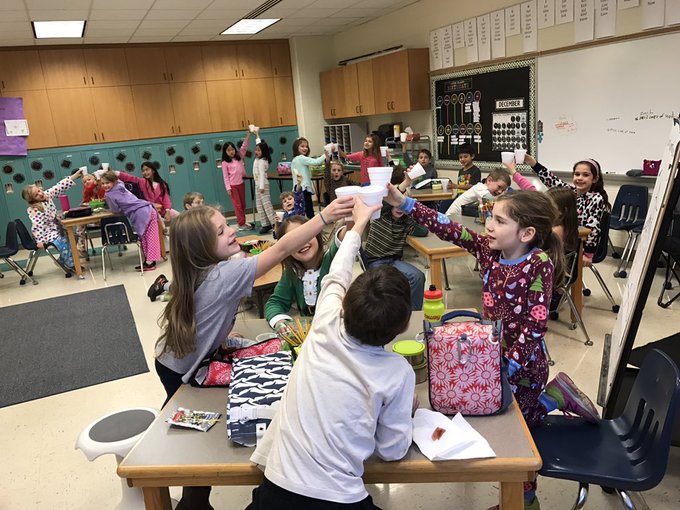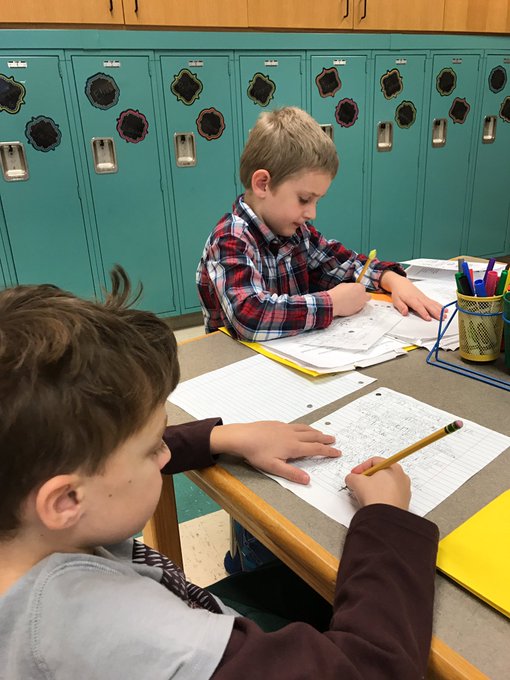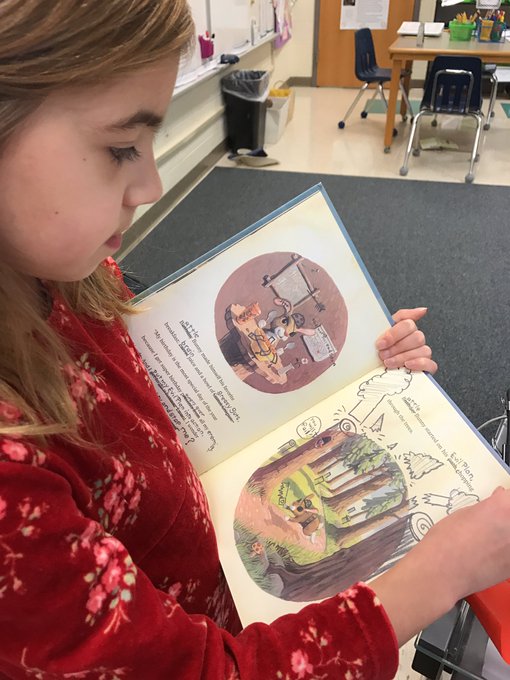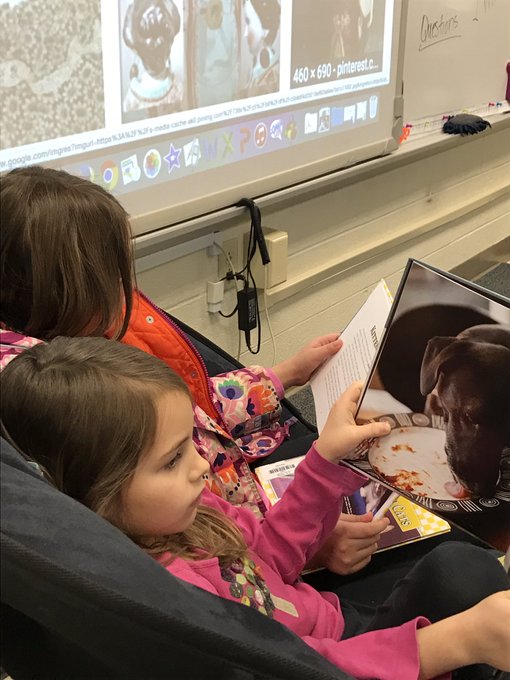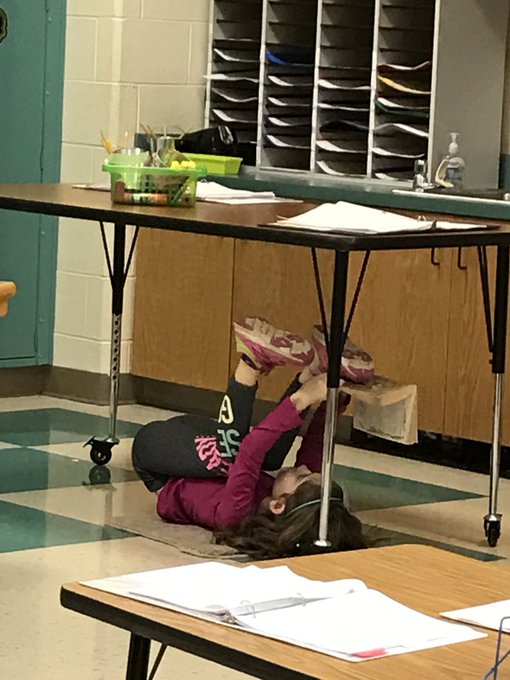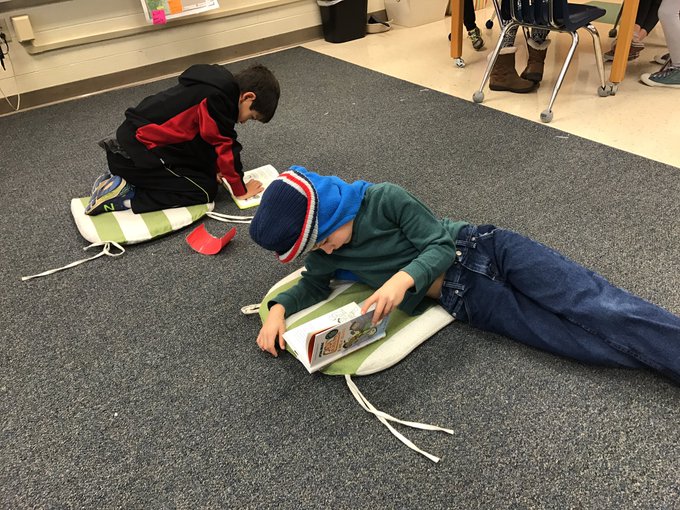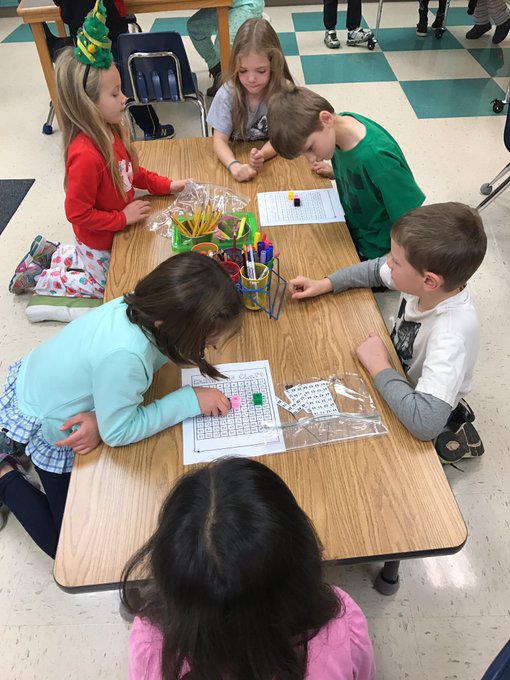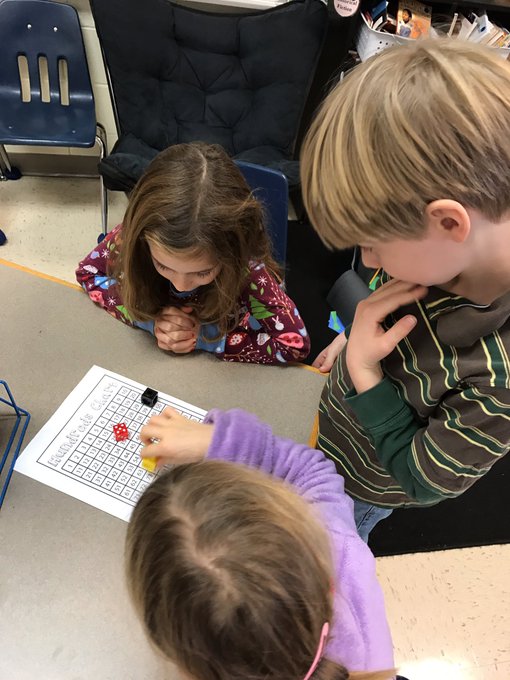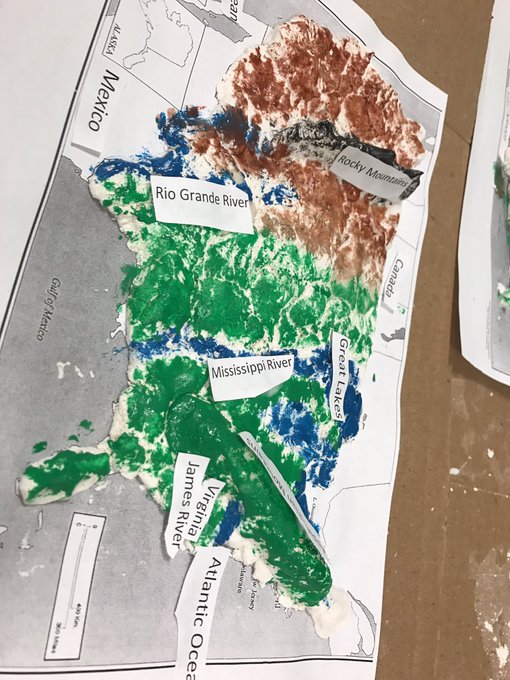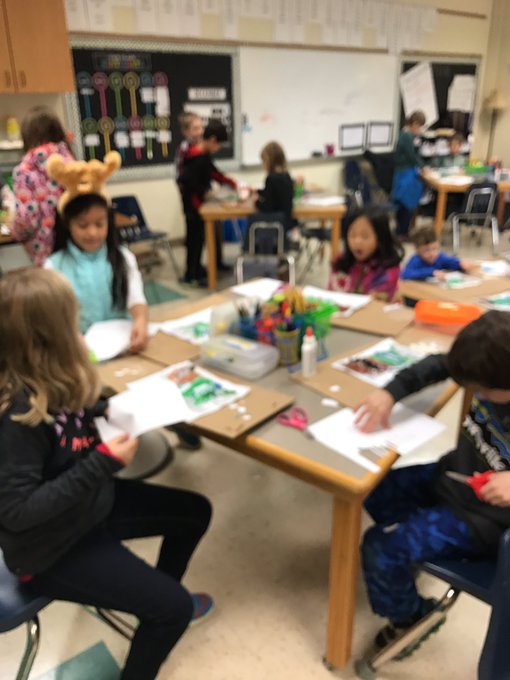Students have finished their stories...just in time for the end of the quarter. Students have really impressed me with their ability to add so many amazing details to their character and setting. As I have mentioned, they used graphic organizers to help them add sensory details to their problem and their solution to make their stories more exciting and filled with detail! Here are a few sentences from different student stories...
"She feels snowflakes landing on her bare arms and in her eyes."
" I rushed to the whale who had deep teeth marks all over its body."
"She smells cake, french fries and pollen. The smells are making her sneeze and hungry."
"A couple feet away, the volcano roared. He could feel fear in the air as hundreds of feet up the mountain, the volcano erupted."
As I have mentioned, Henley Middle School theater students will talk to our class on Friday about student stories. I have decided to give students the option to work individually or with a small group to create stories in which the Henley students will choose a few to perform for us later in the next quarter.
Reading:
We have been reading with prosody and reviewing all of the comprehension strategies learned so far this year.
Schema - We have used our schema to think about what we already know before we read and what we can add to that knowledge after we read.
Visualization - Students have drawn pictures and used words to explain what they visualize as they read.
Connections - It is becoming easier for students to make connections to what they read. They are constantly sharing with me what a part in their book reminds them of.
Questioning and Wondering - Students ask questions before, during and after they read. They ask both "thin" and "thick" questions. Thin questions are those that can easily be answered in the book (or the part they've already read) by turning to a specific page and pointing to the answer. Thick questions spark a conversation and there isn't an exact answer to the question, but more of an opinion of what the readers think. Determining the difference between a thick and thin question is still challenging for some students, but they know how to answer the question, just not asking it.
When reading with your child at home, have them ask some thin and thick questions. Here are some thick question stems...
- I wonder what would happen if...
- I wonder why...
- What do you think about...
- Where do you think...
- How did...

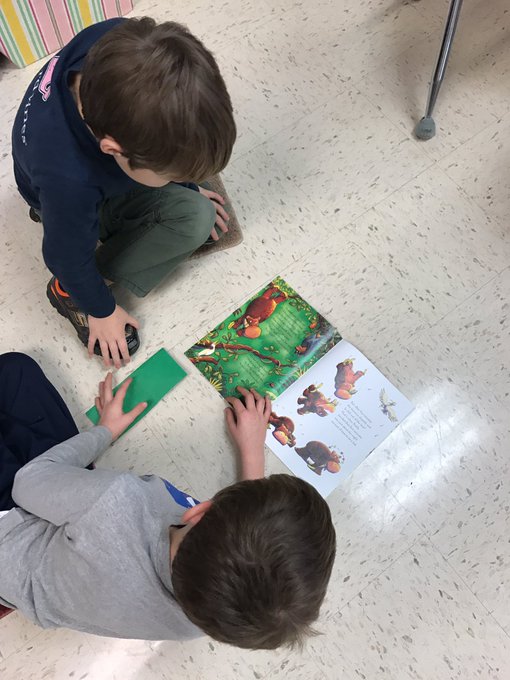
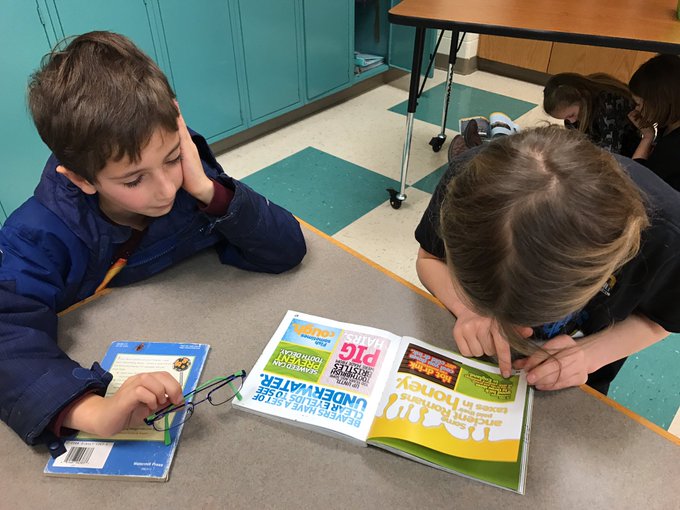
We
believe that the meaningful interactions between students, texts, and
teachers lead to lifelong learning, empowerment, enjoyment and success.
Word Study:
New word study groups met this week. Students are back into the swing of things by sorting, writing their sorts, and practicing by doing different activities. For instance, we write sentences with our words, draw a picture that has each word in it, or identify each sound in a word and determine the letter(s) that belong to that sound.
Math:
We are counting by 2s, 5s and 10s. We are using this knowledge to help us add/subtract larger numbers in a more efficient way.
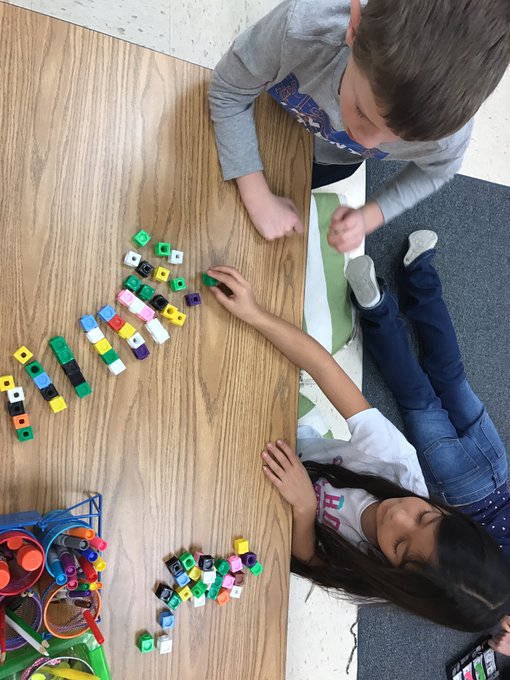
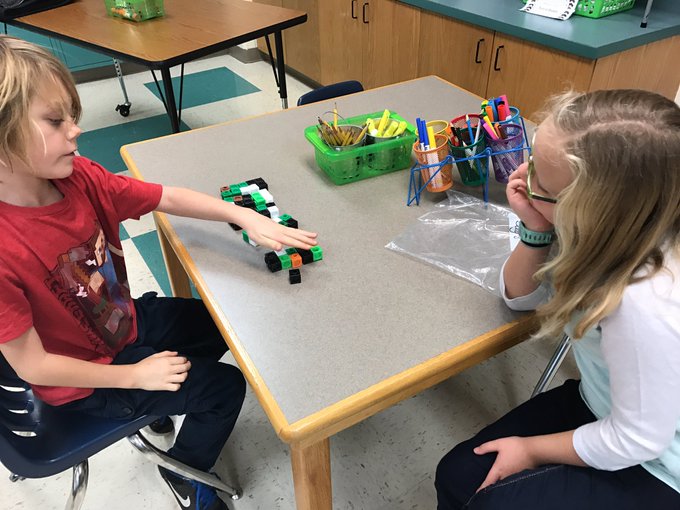
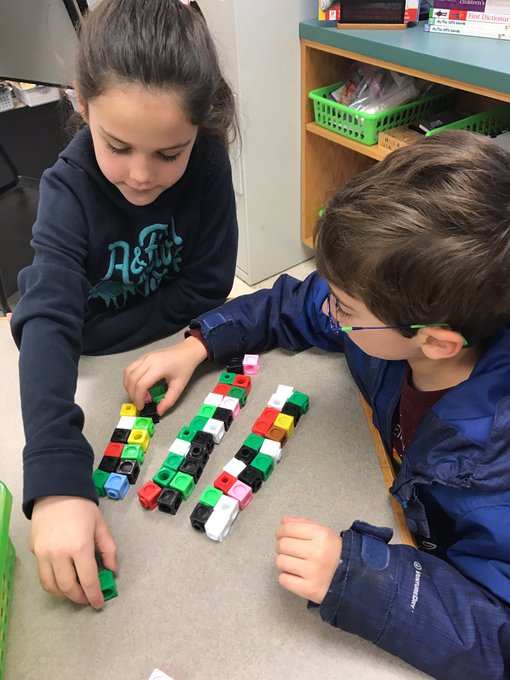
As a reminder...Work with your child by counting by 2s, 5s, and 10s! Start with different numbers...
- When counting by 2s, start with 46 and go to 112. Go forward and backwards.
- When counting by 5s, start at 75 and go to 145. Go forwards and backwards.
- When counting by 10s, start at 13 and go to 123. Go forwards and backwards.
We have also been practicing our fact fluency using Rock, Paper, Scissors and Reflex Math. These are both fun ways to gain facts quickly.
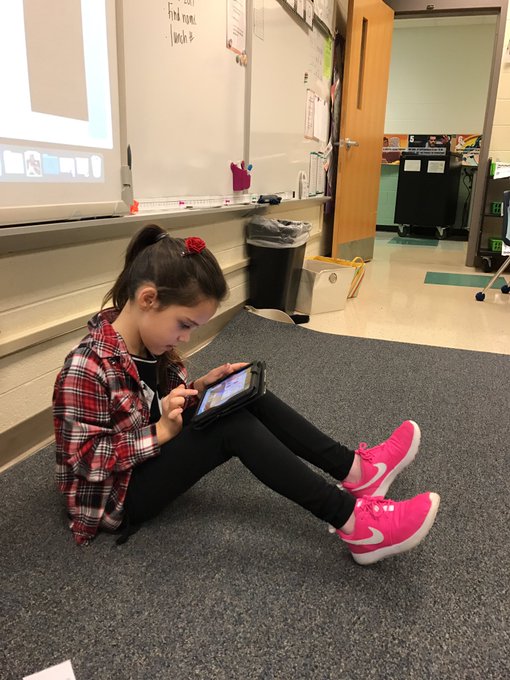
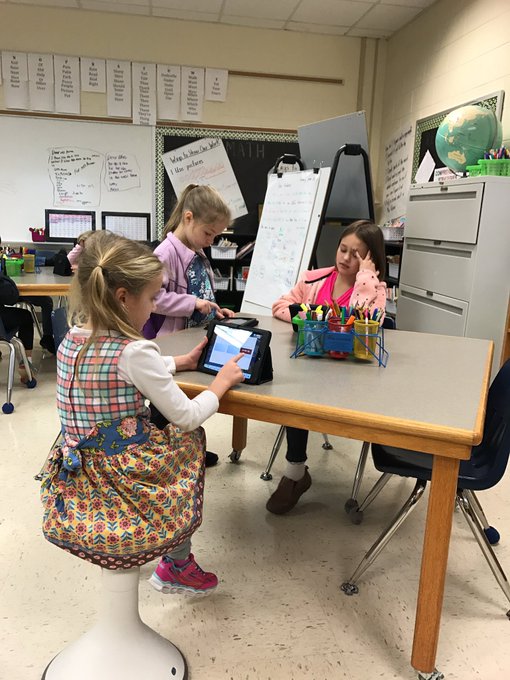
We continue to work on counting money. We have also played a game where we trade in coins so we have the fewest coins in our hands.
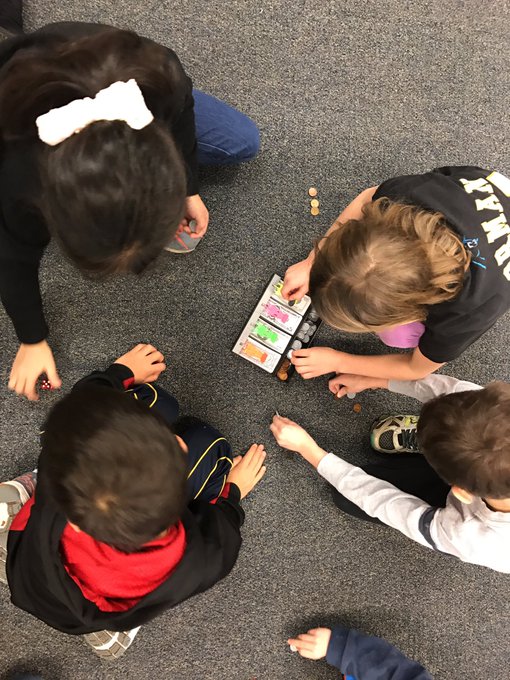
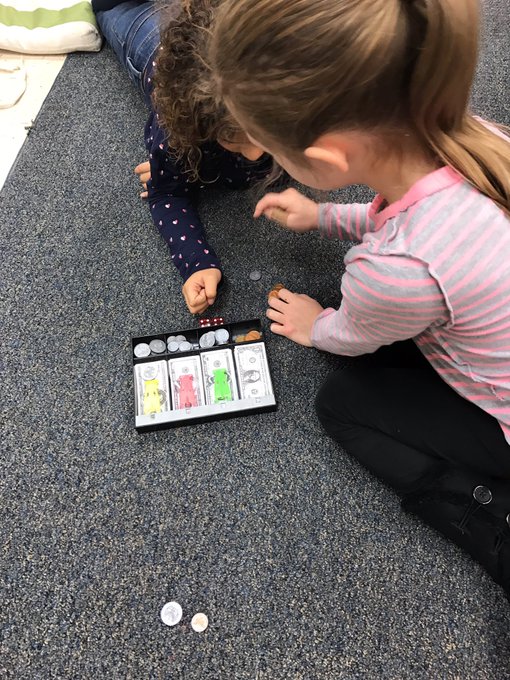
Social Studies:
We have learned about the Lakota tribe. We know many different things about it. Take a look at this list and ask your child to explain more about it.
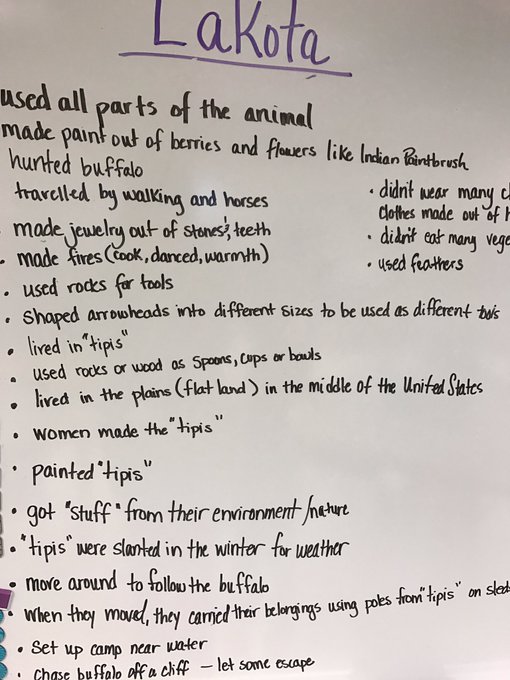
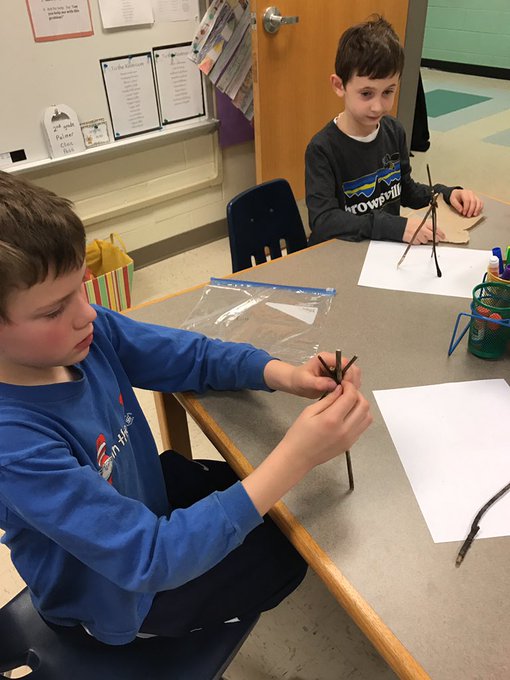
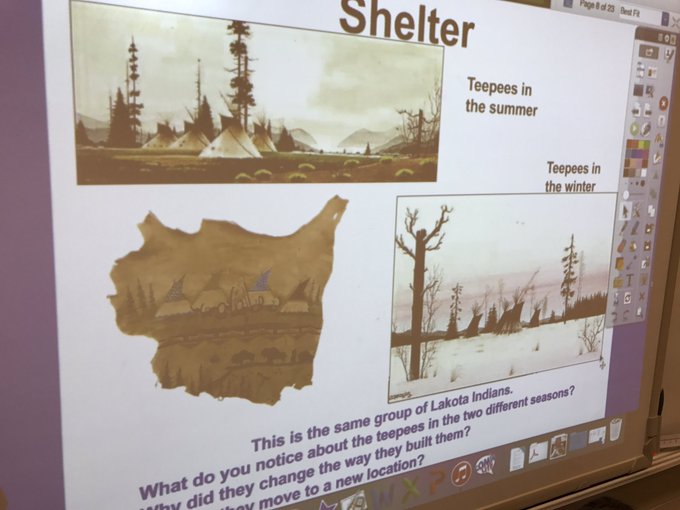
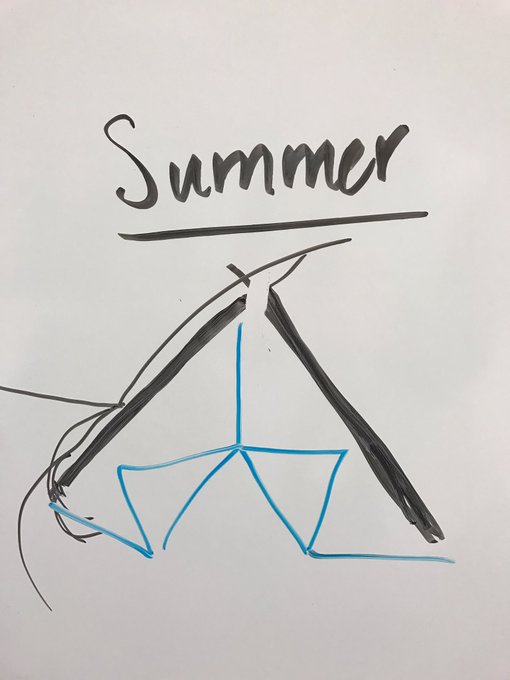
Students are in the middle of a rotation with Mrs. Hyde to learn about the Powhatan tribe. We are slowly comparing and contrasting the two tribes. Here's what we have so far...
